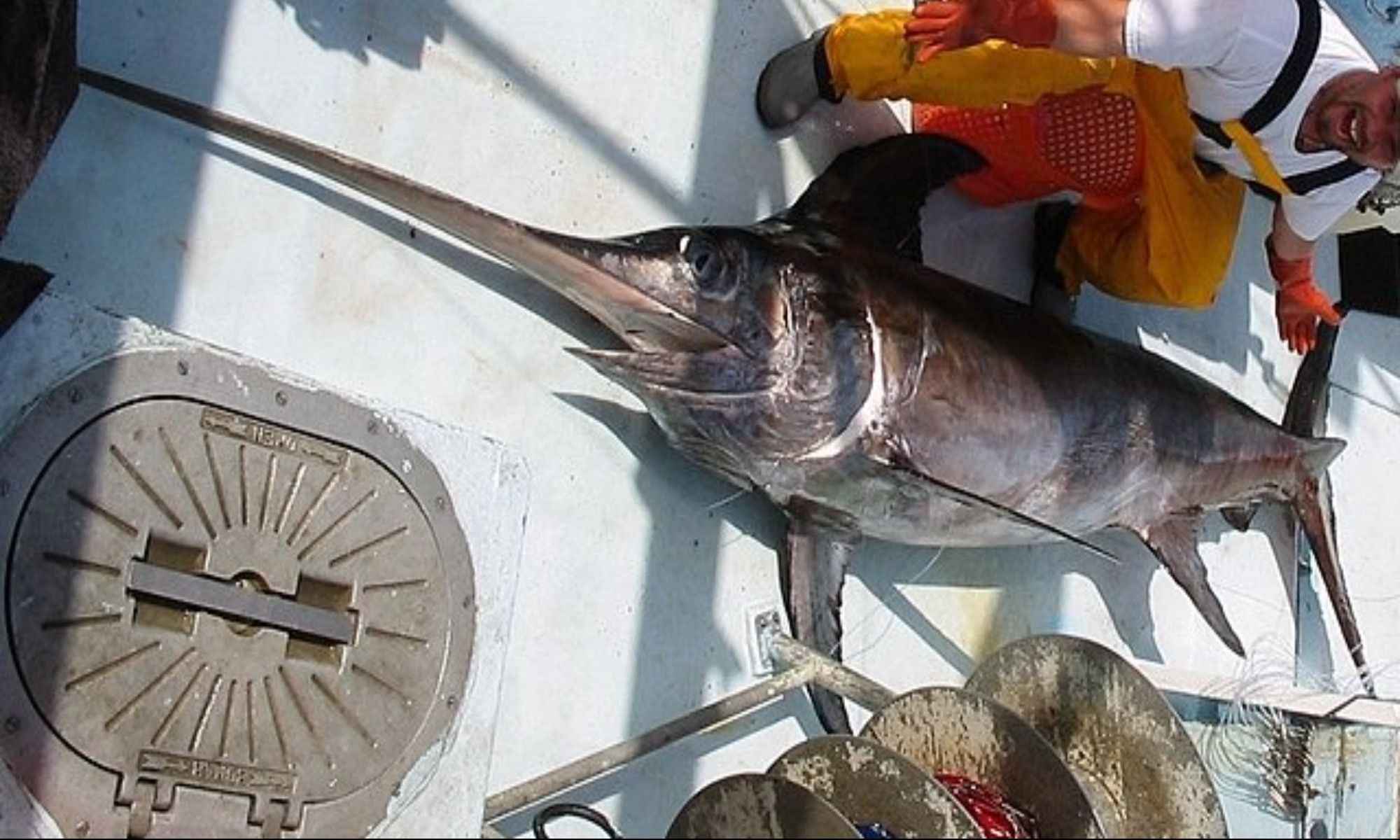10 Fish You Should Never Eat
This article lists 10 fish you should never eat. Learn more about various fish, from their mercury levels to the omega-3 fatty acids fish obtain.

Fish are a nutritious source of protein, and the oily kinds, like salmon, tuna, and sardines, deliver those heart and brain-healthy omega-3 fatty acids a human should also be getting in his diet. But then there is the concern about picking sustainable seafood. Understanding what seafood best suits your health and the environment can take time and effort. Earth's oceans have become so weary of wild fish stocks and so contaminated with industrial contaminants, making it hard to figure out the safe and sustainable fish to consume. Some fish have been overfished to extinction, which can harm the ocean's ecosystem. Luckily, healthy, low-contaminant fish options with stable populations serve as much wiser choices.
Fish can function as either a power meal or an inflammatory, harmful food for your body, depending on what fish you choose. That is why paying attention to and avoiding the fish you should never eat is essential.
This article lists the fish you should avoid in no particular order.

Shark
For several reasons, sharks are on the list of the worst fish to eat. Sharks are at the top of the food chain and are recognized as apex predators. It would help if you avoided consuming sharks due to their higher mercury levels in foods and supplements. Apart from that, most shark species, which are slow to develop and do not have a lot of offspring, are severely depleted. Their depletion is partially due to the high market for shark fins in Asian cuisine and the fact that sharks are often caught accidentally by thousands of anglers in their fishing tours and discarded as waste by tuna and swordfish anglers. Shark finning is illegal in the United States, but it's a tradition in other areas that are causing havoc in shark populations worldwide.
King Mackerel
Mackerel is undoubtedly full of healthy omega-3s. But when it comes to certain types of mackerel, you could gain more than you negotiated for. That is the case with king mackerel, as the US Food and Drug Administration cautions women and children to avoid consuming it outright. Avoid eating Spanish mackerel, which has also been shown to harbor heightened mercury levels. Atlantic mackerel, on the other hand, is high in omega-3s, low in mercury, and rated a top preference regarding health and sustainability.
Atlantic Cod

Atlantic cod is a species of fish proven to be vital to feeding the New World civilization and early colonization of the Caribbean Sea. Still, due to heavy fishing, the Atlantic cod is on the list of endangered species. Back in the late 1990s, the Atlantic cod fishery collapsed. Although the female cod spawn more than a hundred million eggs, only a few outlive to adulthood. Cod liver oil fans need to ensure that the oil they consume is sourced from something other than Atlantic cod. Instead, try to consume some Alaskan cod caught with a longline, pot, or jig.
Swordfish
Like tuna, swordfish contain high amounts of mercury. Mercury has disastrous effects, especially when it comes to a developing fetus. It also affects adults' hearts incorrectly, heightening the risk of hypertension and heart attacks. Hence, pregnant women and children should not consume this fish species, while men can eat it once a month.
Tuna
Tuna is one of the known ingredients for sushi, but it is also best to avoid consuming it because of mercury exposure. The Atlantic bluefin tuna is a variety to avoid for many reasons. Tuna like the Atlantic bluefin tuna has been overfished to near extinction, but due to its high market for sushi, fisheries managers are still permitting commercial tuna fishing. Bluefin tuna numbers are at just 2.6 percent of the historic population percentage. Aside from the possibility of population collapse and extinction danger, tuna are also sizeable predatory fish with higher mercury levels.
Caviar
Eating fish caviar is a luxury. People love it, and it is pretty expensive. Beluga sturgeon are ancient fish highly sought after for caviar. Beluga sturgeon grows very large, can live to be 100 years old, and can carry several hundred pounds of caviar worth up to $3,500 a pound. But according to Oceana, a nonprofit ocean conservation organization, beluga sturgeon are in significant trouble and are critically endangered. They are gone from multiple rivers and oceans where they used to live, and scientists worldwide fear they may go extinct. However, blue sturgeon's caviar is a more sustainable and healthier alternative to beluga sturgeon's caviar, as recommended by Seafood Watch of Monterey Bay Aquarium.

Imported Catfish
Imported catfish, like swai, basa, or striped catfish, mostly came from Vietnam and were poisoned with antibiotics that are prohibited in the United States. Only a few people understand that they are getting a fish named pangasius. Pangasius is considered one, if not the dirtiest, fish. One study found that 70-80% of pangasius fish are infected with Vibrio bacteria, one of the biggest causes behind shellfish poisoning that causes diarrhea, abdominal pain, vomiting, fever, and skin disease. Vibrio bacteria cause 80,000 ailments and 100 casualties in the country yearly.
Chilean Sea Bass
Chilean sea bass has been fished to near extinction in its native cold Antarctic waters. These fish are slow-growing and known for their pricey buttery meat. Chilean sea bass are contaminated fish with elevated mercury levels and are not considered eco-friendly. Adults should consume no more than two meals of Chilean sea bass per month, and children aged 12 and younger should eat it no more than once a month.
American Eel
Eels are slow to mature and have been overfished in many parts of the world, causing some populations to crumple. American eels are poisonous and contain a high mercury level, Polychlorinated biphenyls or PCBs, and flame retardants. An adult person is advised to eat no more than one eel yearly.
Orange Roughy
Orange roughy are generally known as “slimehead” within the scientific community. Still, seafood sellers had other ideas for this fish and gave the species an appetizing name, resulting in the fish being severely overfished. With a lifespan of up to 150 years and a maturation period of 10 to 20 years, orange roughy populations take a very long time to recover from overfishing. Beyond overfishing, the orange roughy also has higher mercury levels.
Final Thoughts
If you prefer to catch your fish, you can book some of the best saltwater or freshwater charters in your area offering freshwater fishing trips or go for all-inclusive fishing trips in Louisiana or other states you prefer. Salty Native Fishing Charters, Bay Walker One Charters, Dale Helgeson Fishing, and Pursuit Sport Fishing Charters are fishing charters you can book.




